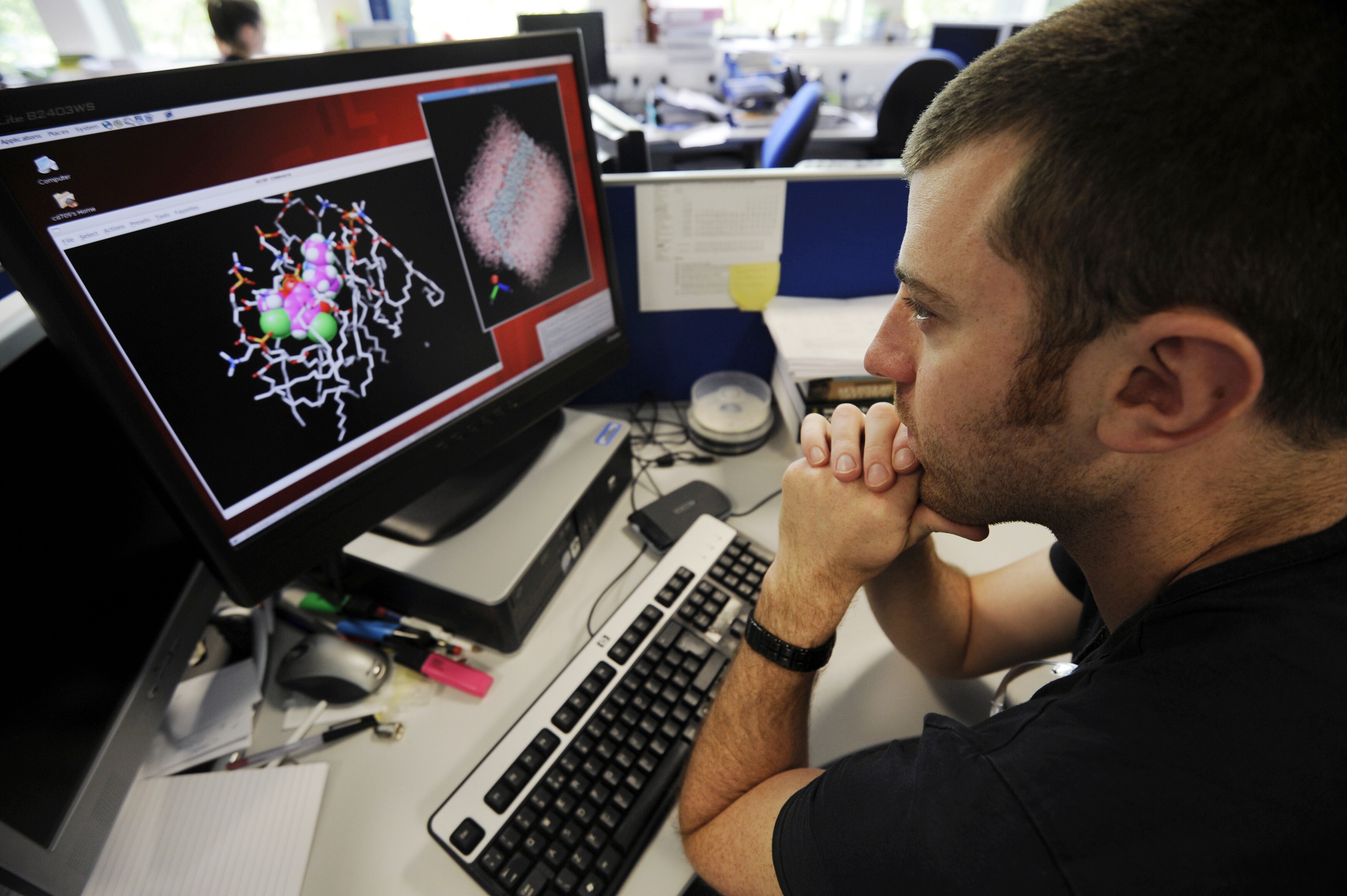5 stories you might have missed last week

From environmental success stories to locust plagues. Image: REUTERS/Giulia Paravicini
- UNICEF, the World Health Organization (WHO) and the World Bank Group say progress on malnutrition is too slow to meet global targets.
- A new study sets out a roadmap to restore ocean ecosystems within three decades.
- NASA has joined the fight to stop massive swarms of desert locusts devouring crops across eastern Africa.
- Two million years ago, three different species of early humans were living alongside each other in South Africa.
- Scientists have learned to read mouse facial expressions.
Billions of locusts are eating their way through East Africa – a region already struggling with food insecurity. Now NASA has joined the fight to stop huge swarms from causing more damage to crops and livelihoods.
Stunting, wasting and being overweight are all forms of malnutrition, and the latest figures show the world is failing to make enough progress on any of these measures to meet global targets.
Here’s a look at these two stories and a few more you may have missed last week.
1. Progress on child malnutrition is slow

Hundreds of millions of young children are still malnourished, according to UNICEF, the World Health Organization (WHO) and the World Bank Group, who just updated their annual joint global and regional estimates of malnutrition.
In 2019, stunted growth affected 21.3% or 144 million children under five worldwide. An estimated 6.9% or 47 million children under five were wasted (too thin for their height), while 5.6% or 38 million children under five were overweight.
Although stunting rates are declining, progress remains too slow and will fall short of global nutrition targets. Africa, which already has the world’s highest rate of under-five stunting, was the only region to see a rise in the number of children affected.
At the same time, there hasn’t been a significant change in the number of wasted and overweight children worldwide.
2. A roadmap to restore marine life by 2050
Marine life could rebound within three decades – providing we take action on the biggest challenges facing our oceans, including climate change, plastic pollution and overfishing, a new study says.
The success of previous conservation efforts – such as the comeback of humpback whales since the ban on commercial whaling – demonstrates the remarkable resilience of marine wildlife, habitats and ecosystems, say the authors of the report, which was published by the journal Nature.
They have set out a roadmap to rebuild “marine life-support systems” within 30 years with nine key components: salt marshes, mangroves, seagrasses, coral reefs, kelp, oyster reefs, fisheries, megafauna and the deep ocean.
The measures needed would cost $10-20 billion a year, but the study says rebuilding marine life would provide benefits that would be worth 10 times as much in the long run.
3. NASA satellite data is fighting locust swarms

NASA has joined the battle to stop massive swarms of desert locusts which have been devouring crops and pasture across eastern Africa.
NASA-funded scientists, in partnership with the United Nations and relief organizations, are using satellite data on soil moisture and vegetation to pinpoint potential locust breeding grounds for pesticide spraying.
The migratory pests are threatening the food supplies and livelihoods of millions of people in a region already struggling with food insecurity.
Kenya has experienced its worst locust infestation in 70 years, and Ethiopia and Somalia have seen their largest swarms in 25 years.
The Food and Agriculture Organization (FAO) appealed for help to fight the swarms, warning that locust numbers in eastern Africa could increase 500 times by June.
Adult locusts can fly 50 to 150 kilometres per day, making them difficult to find and eradicate. But catching the locusts early in their lifecycle, as eggs and hoppers (when they’re still developing wings), could help prevent devastating large-scale infestations.
A single desert locust can eat the equivalent of its own body weight in vegetation in one day. While that may not sound like a lot, a small swarm can consume as much food as 35,000 people in a day.
4. Meet the ancient ancestors
Archaeologists have discovered remains that suggest 2 million years ago three different kinds of early humans were living in South Africa.
It’s not known whether these different hominin species interacted with each other, but they appear to have coexisted near the Drimolen cave complex around 40km north of Johannesburg.
The three groups are Australopithecus, Paranthropus, and the oldest-known Homo erectus.
The discovery of skull fragments of Homo erectus suggests our earliest ancestors existed more than 100,000 years earlier than previously thought, and that they lived alongside other human species during this period of prehistory.
5. Mice show their emotions on their faces

Like humans, mice have a range of facial expressions that reflect how they feel, according to new research.
Researchers used a machine-learning algorithm to read the facial expressions of laboratory mice who were exposed to stimuli designed to elicit different emotions, including shocks to the tail (pain), sweet treats (pleasure), bitter quinine water (disgust) and an injection of lithium chloride (nausea).
The algorithm detected subtle movements in the ears, noses, whiskers and other parts of the face as the mice experienced each of these triggers.
The researchers say their findings, published in the journal Science, could help advance our understanding of the role emotions might play in mental health disorders, such as anxiety or depression.
Don't miss any update on this topic
Create a free account and access your personalized content collection with our latest publications and analyses.
License and Republishing
World Economic Forum articles may be republished in accordance with the Creative Commons Attribution-NonCommercial-NoDerivatives 4.0 International Public License, and in accordance with our Terms of Use.
The views expressed in this article are those of the author alone and not the World Economic Forum.
Stay up to date:
Future of the Environment
Forum Stories newsletter
Bringing you weekly curated insights and analysis on the global issues that matter.
More on Health and Healthcare SystemsSee all
December 22, 2025







